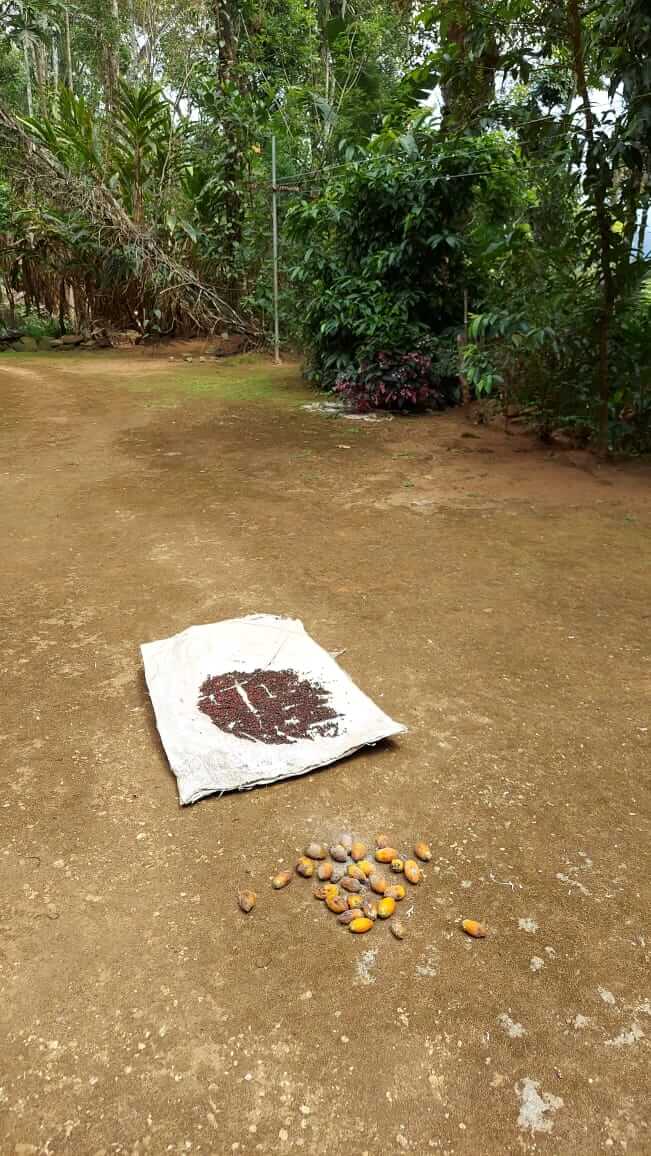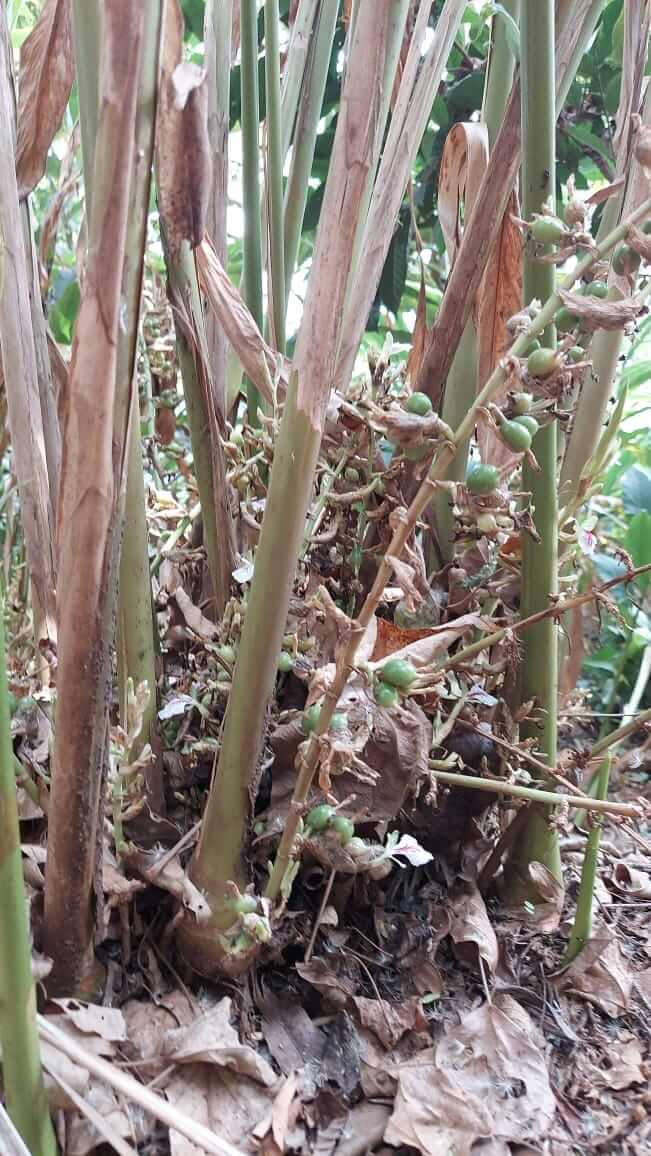Hot or Spicy?
Indian food is “Spicy”, where Spicy means not only hot, but rather spicy.
Of course, the hot chilli taste is always part of Indian cuisine. Depending on the region, the dish, and the chef, it can be used very generously, making us non-Indians flush, numb our taste buds, and make us sweat. Or it just resonates slightly in the background and compliments the Indian dishes.

But while in India we tend to speak of “hot” when we talk about a spicy taste, the meaning of “spicy” is much broader. Spices are in English and masalas in India are what spices are in German.
Because in an Indian curry, in addition to the three “basic spice powders” chili, turmeric and coriander, there are also a large number of other spices, some in ground form, some whole as seeds, flowers or leaves.
Kerala- In the land where the pepper grows

While the seeds of fenugreek, coriander or mustard are mainly found in northern India, it is even more exotic in southern India.
Here, in tropical Kerala, you are not only in the land where pepper grows, but also where cardamom, vanilla, betel nuts, cinnamon, bay leaves, cloves, etc. are cultivated.
A real good aromatic dish from Kerala smells like Christmas!
The Jewish traders and Arabs discovered Kerala and its spices more than 2,300 years ago and have operated a lucrative spice trade with India ever since, until the Portuguese, then the Dutch and finally the British occupied India as colonial powers.
The business with the valuable spices is still thriving today and many locals manage their own plantations. The cultivation of cardamom, the queen of spices, is particularly lucrative! Unfortunately, only about 2% of the spices are grown organically and the monoplantations are heavily sprayed with pesticides several times a year!
Hike through the spice plantations around Munnar

There are now many commercial “spice gardens” in Kerala where interested tourists can take guided tours and later buy the spices.
Munnar is a so-called hill station in the Western Ghats at an altitude of 1600 m and about 150 km from the coast inland. Locals like to travel to the cooler regions of the mountains in the hot summer months, making Munnar a popular tourist spot.
Famous for tea cultivation and green tea plantations as far as the eye can see, the hilly region also has a lot of spices to offer.

The best way to experience this with all your senses is on a guided day hike with Sri.

Here you not only hike through the tea and the grassland, but also through the spice plantations a little lower down.
While you walk through green cardamom plants, see the pepper and vanilla plants climbing up the trees, admire yellow nutmegs hanging from the trees and breathe in the scent of cloves, Sri explains the cultivation of spices and their processing.

We learn that cardamom is harvested from September to January and fetches the farmers around €25 per kilo, green, red, black and white pepper come from the same plant and the vanilla plant needs a different tree to climb up .

vanilla 
pepper and bethel nuts 
cardamom
The Garden of Eden
During the interesting day tour we not only discover exotic spices, but also walk through coffee, cocoa, lemongrass, papaya, orange and Pamelo trees, as well as pineapple plants and rubber trees.
Almost every plant seems to be used here and you certainly won’t starve during this aromatic tour!

Pineapple 
banana tree 
jackfruit 
rubber tree 
pamelo 
hidden cocoa bean





